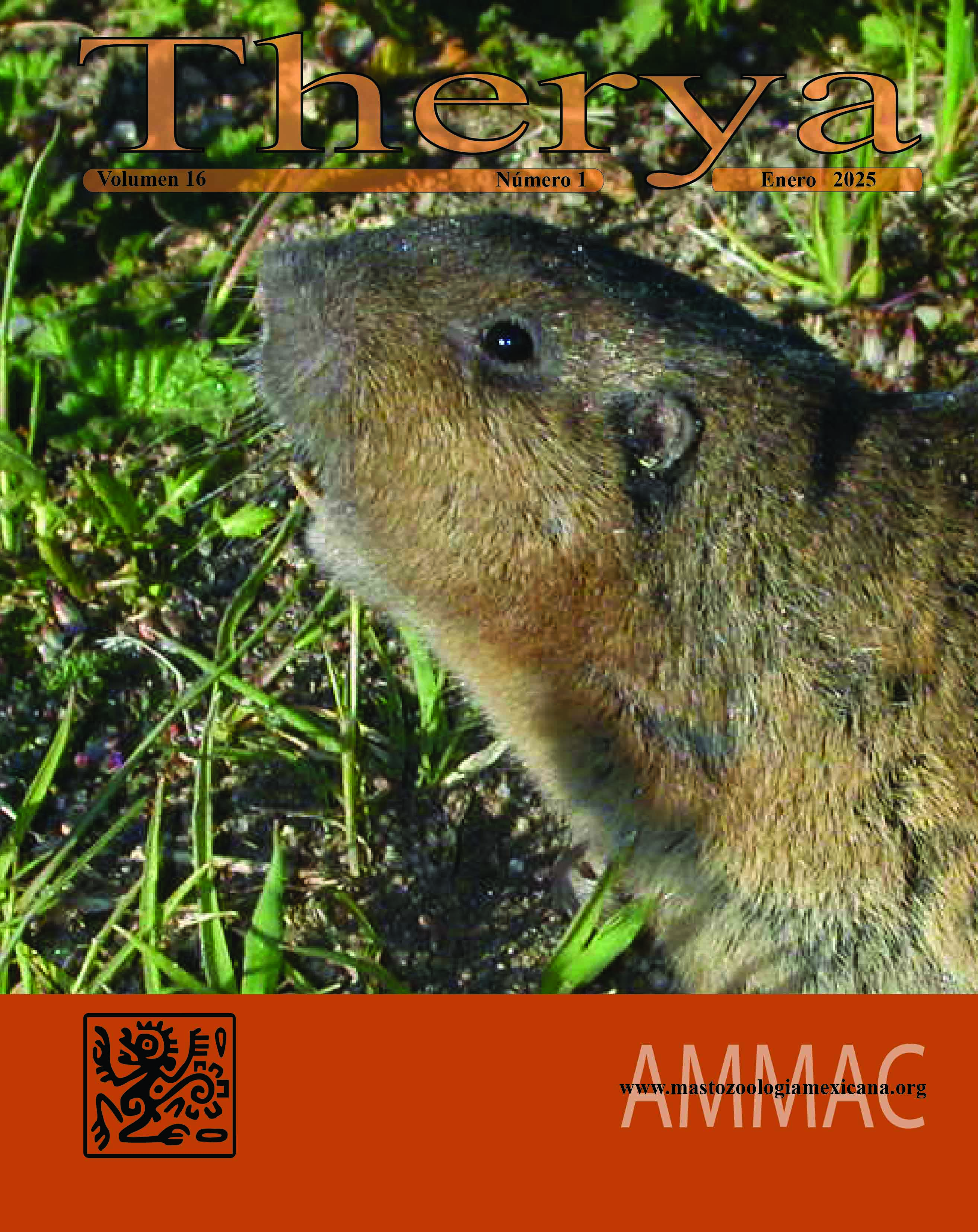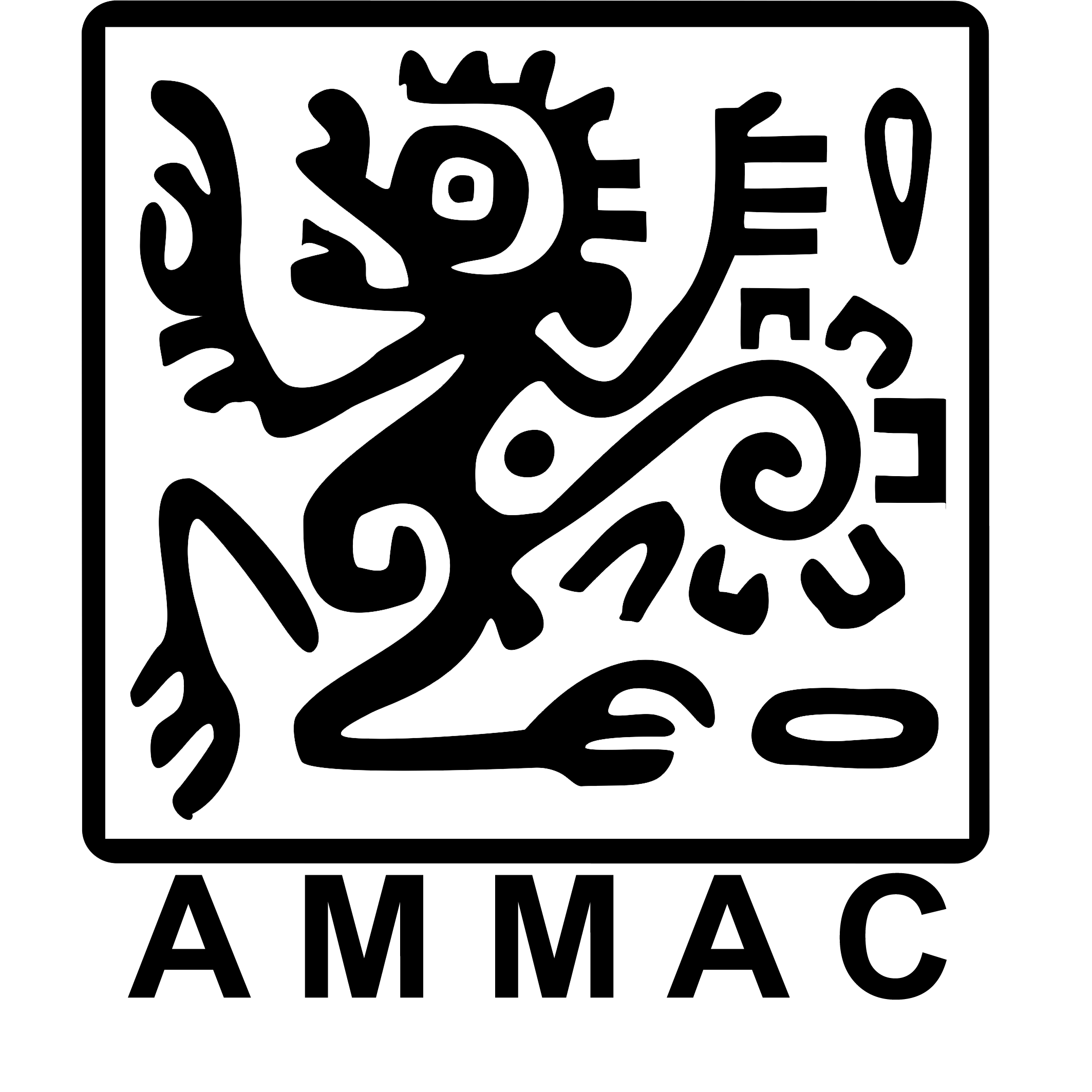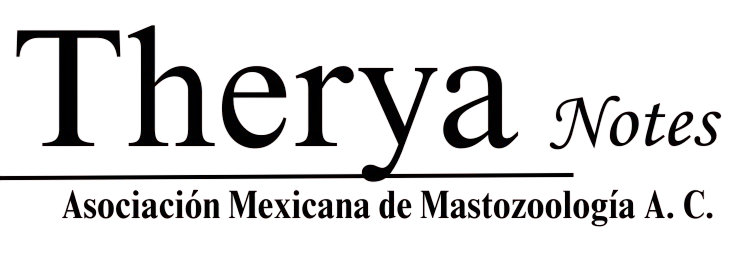Eavesdropping on bats in Peninsular Thailand: a trial application of automated recorders to monitor habitat changes
Palabras clave:
Acoustic signals; automated recorder; bat; diel activity pattern; habitat monitor; peninsular Thailand.Resumen
We deployed automated bat recorders for one week in the southern part of Peninsular Thailand in an attempt to monitor bat species diversity and activities. Two sites were chosen: one on a forested slope adjacent to urban development, the campus of Prince of Songkla University (PSU), and the other in a natural tropical rainforest, the Hala-Bala Wildlife Sanctuary (Bala). From PSU, we analyzed 9,744 5s time windows of recordings that were obtained from the dry season (June 2023) and the wet season (October 2023); from Bala, we analyzed 4,692 5s time windows in the wet season (October 2023). Among a total of 14,436 time windows, we detected bat acoustic signals in 1986 (13.8 %) representing 10 species of bat: eight species at PSU and six species at Bala. The recordings permitted analyses of diel activity patterns for the four species with the most acoustic records, as well as estimates of relative species abundance in accordance with forest type and season. Our results demonstrate that using automated bat recorders can help unravel bat diversity, activity patterns, and the potential for interspecific interactions. Nonetheless, independent efforts to collect and verify acoustic signals by catching and observing live bats are needed to ensure accurate species identification.
Descargas
Descargas
Publicado
Cómo citar
Número
Sección
Licencia
La revista THERYA, con base en su política de acceso abierto, permite descargar en forma gratuita el contenido completo de la revista en formato digital. También autoriza al autor a colocar el artículo en el formato publicado por la revista en su sitio web personal, o en un repositorio de acceso abierto, distribuir copias del artículo publicado en formato electrónico o impreso a quien él considere conveniente, y reutilizar parte o la totalidad del artículo en sus artículos o libros futuros, dando los créditos correspondientes. Se utiliza la licencia Creative Commons CC BY-NC-SD. La que se especifica en las publicaciones.










